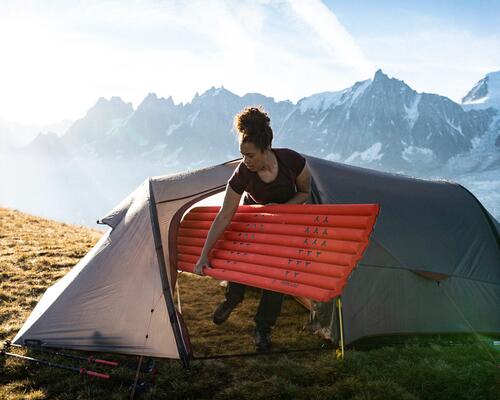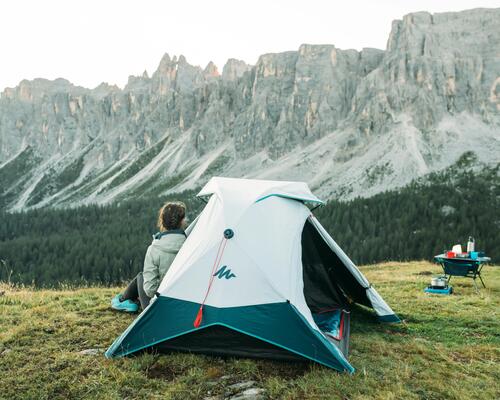What is the difference between bivouacking and camping?
Camping and bivouacking do not require the same equipment, so it's essential to distinguish between the two. On a camping holiday, you pack everything you need into your vehicle, pitch your tent for several days and maintain a direct link with civilisation. Bivouacking gives you the chance to set up camp right in the heart of nature, far away from any shops or amenities. So it's essential to think carefully about what equipment you need to take with you.
If you're going bivouacking, you should opt for less bulky, lighter equipment, as you'll be carrying it yourself. So as not to tire yourself out further, you should pack only the bare minimum, and opt for products specially designed for travel. We therefore prefer lightweight, foldable materials that are easy to carry.











